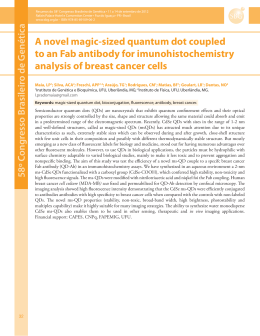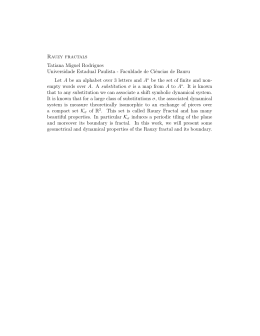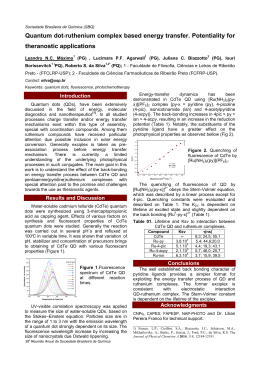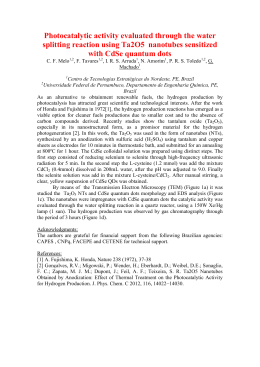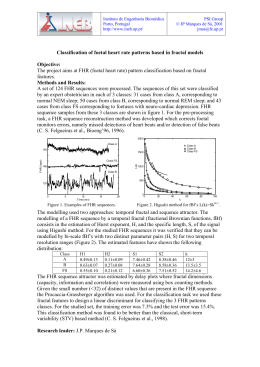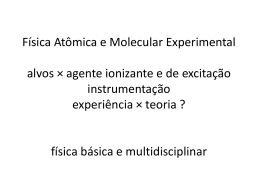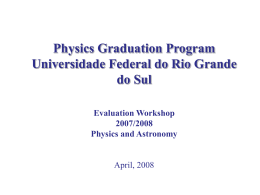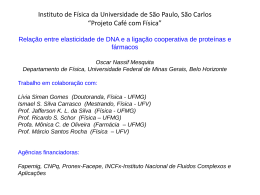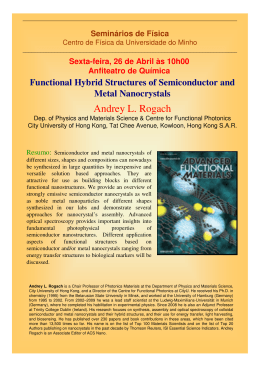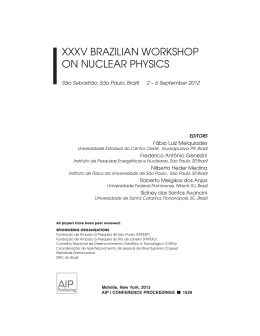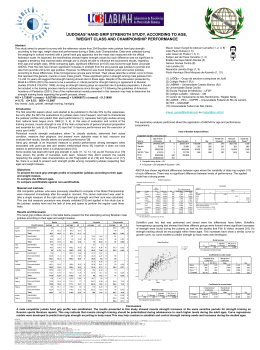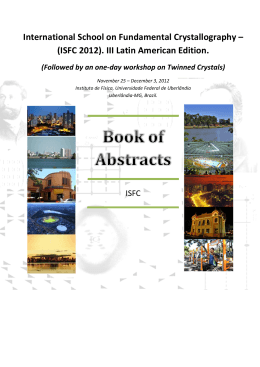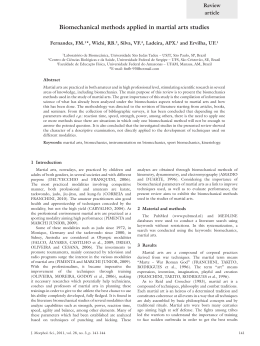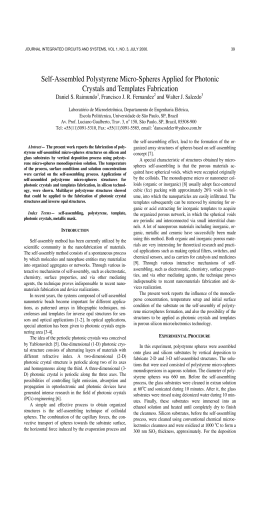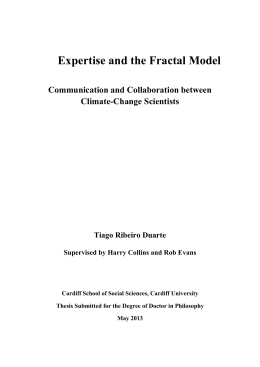Exciton migration in self-assembled dendrite-type fractal superstructures of monodisperse Quantum Dots César Bernardo1, M. Belsley1, Paulo Coutinho1, Peter Schellenberg1, Isabel Moura1, Yuriel Núñez Fernández1,2, Tobias Stauber3, Mikhail Vasilevskiy1 1-Centro de Física, Campus de Gualtar, Universidade do Minho, 4710-057 Braga, Portugal 2-Departamento de Física Teórica, Universidad de La Habana, Vedado, La Habana, Cuba 3-Departamento de Física de la Materia Condensada, Universidad Autonoma de Madrid, Madrid, Spain [email protected] Quantum dots (QDs) are promising photoluminescent nanoparticles for a vast range of applications, from fundamental tools for light reception, building blocks for nano-photonic devices and sensitizers for solar panels to biomarker and bio-imaging applications. They are extremely stable against photobleaching, are bright and are easily tunable in color throughout the optical spectrum, while their other physical and chemical properties are not influenced. [1] QDs can aggregate to self-assembled polycrystalline structures such as nanowires or dendritelike two-dimensional (2D) or three-dimensional (3D) superstructures with dimensions in the micrometer range. [2] Due to the dense packing of QDs, Förster resonance energy transfer (FRET) may compete with deexcitation, and the specific dendrite shaped structure suggests the possibility of funneling of excitation from the edges of the structure to the center. To explore this idea, we investigated dendrite shaped superstructures made of two different QDs, namely CdSe/ZnS and CdTe. These two QDs are mostly distinguished by their fluorescence quantum yield (QY), which is much higher in CdTe compared to CdSe, and this scales with the QY resp. the Förster radius for near-field energy transfer. To compare the energy transfer properties in these two systems we employed spectral and lifetime mapping of the fluorescence to investigate energy transfer efficiency. The experiments showed, that the spatial variation of the fluorescence lifetime was very different in the two systems. In dendrite shaped superstructures prepared from CdTe, the fluorescence decay was significantly faster in the edges compared to the center (fig.1.Left). In contrast, it was slightly slower in the edges compared to the center in CdSe/ZnS (fig.1.Right) based structures. A theoretical model using master equations for exciton occupation and migration probabilities was been used to reproduce the experimental findings. Using a large and a small Förster radius in these simulations lead to lifetime maps corresponding to the experimental results (fig.2). [3] The observed effects may lead to devices with improved energy collection efficiency by using QDs fractal superstructures, for example in solar collector usage. References [1] A. L. Rogach (ed.), Semiconductor Nanocrystal Quantum Dots; Springer-Verlag: Wien, 2008. [2] A. Sukhanova, A. V. Baranov, T. S. Perova, J. H. M. Cohen, and I. Nabiev, Controlled Self-Assembly of Nanocrystals into Polycrystalline Fluorescent Dendrites with Energy-Transfer Properties, Angew. Chem. Int. Ed. 2006, 45, 2048-2052. [3] César Bernardo, Isabel Moura, Eduardo Pereira, Yuriel Fernández, Paulo Coutinho, Peter Schellenberg, Michael Belsley, Manuel Costa, Tobias Stauber, Arlindo Garcia and Mikhail Vasilevskiy "Energy transfer via exciton transport in quantum dot based self-assembled fractal superstructures J. Phys. Chem. C, submitted. Figures Figure 1 (Top): Average lifetime (first moment of decay kinetics) for a CdTe (Left) and CdSe/ZnS (Right) QDs dendrite-type fractal superstructure. The lifetime is color coded according to the scale in nanoseconds. Figure 2 (Bottom): Calculated lifetime map for generated diffusion-limited aggregation fractal clusters of mono-size QDs, for values of a long (Left) and small-range(Right) interaction. The color scaling evolves from low to high values (Bright to dark).
Download
